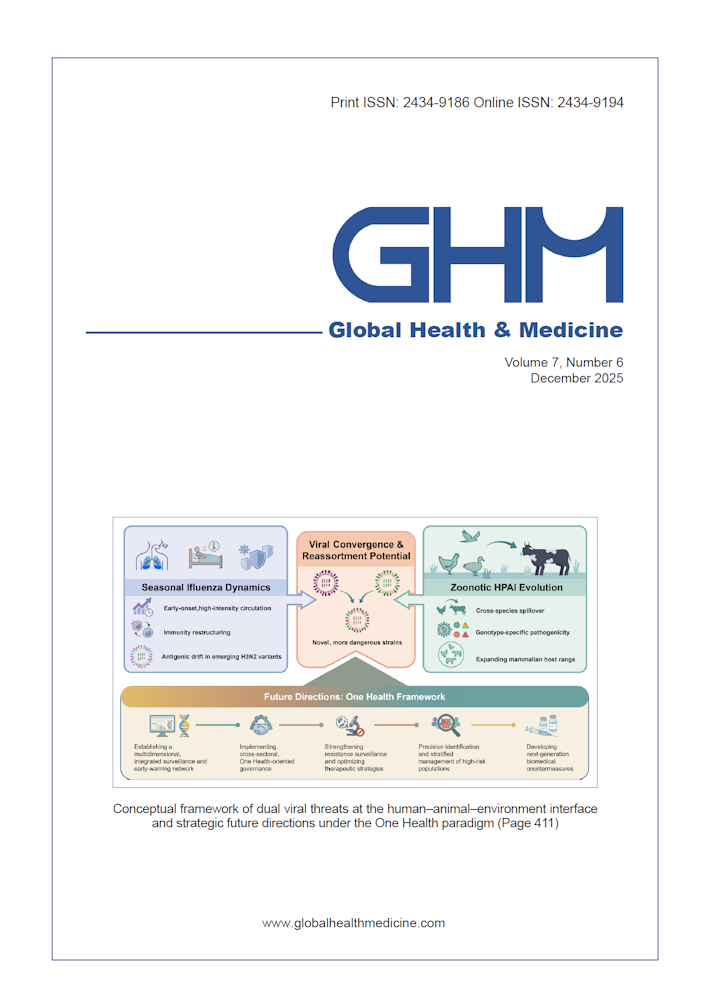Global Health & Medicine 2021;3(2):73-81.
Epidemiological correlation between COVID-19 epidemic and prevalence of α-1 antitrypsin deficiency in the world
Yoshikura H
Among 68 countries in the world, severity of the COVID-19 epidemic was correlated with the prevalence of α-1 antitrypsin (AAT) deficiency. For the severe variant, PI*Z, the correlation coefficient (CC) was 0.8584 for the number of patients and 0.8713 for the number of deaths. For the milder variant, PI*S, it was 0.5818 and 0.6326, respectively. In Japan, the number of patients and deaths correlated with the population size with a CC of 0.6667 and 0.7074 respectively, and was proportional to the population size to the power of 1.65 and 1.54. The prevalence of AAT deficiency also correlated with the epidemiological pattern of COVID-19. In countries with high prevalence of AAT deficiency, after the initial rise, the daily number of patients and that of deaths ran parallel at a high level for more than 6 months without sign of abatement. In countries with a low prevalence of AAT deficiency, after the first wave of the epidemic, the number of the deaths decreased continuously while the number of patients remained the same or even increased resulting in a decreasing case-fatality rate. When the cumulative number of deaths was plotted on the y-axis against the cumulative number of patients on the x-axis, plots fell on a straight line in countries with a high prevalence of AAT deficiency; while in countries with a low prevalence of AAT deficiency, a break appeared, after which the plots fell on flatter slope indicating decreasing case-fatality rate. The observation suggests emergence of an attenuated variant in countries with a low prevalence of AAT deficiency.
DOI: 10.35772/ghm.2020.01068







